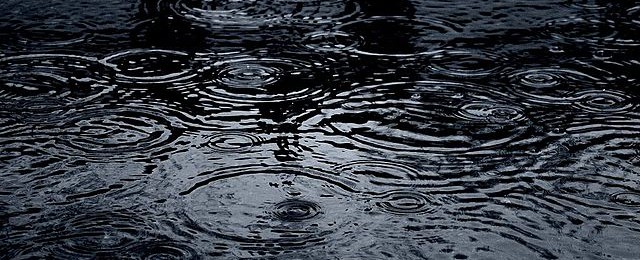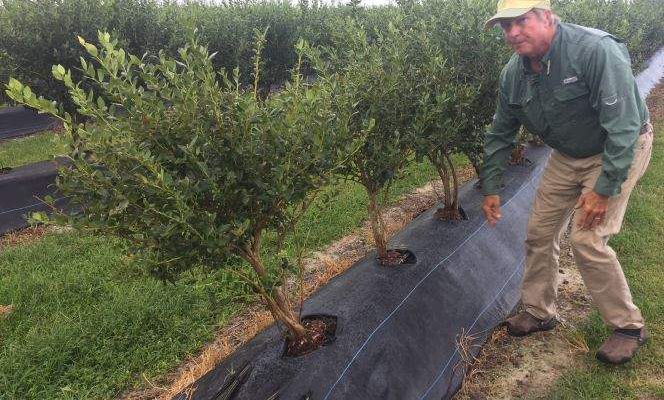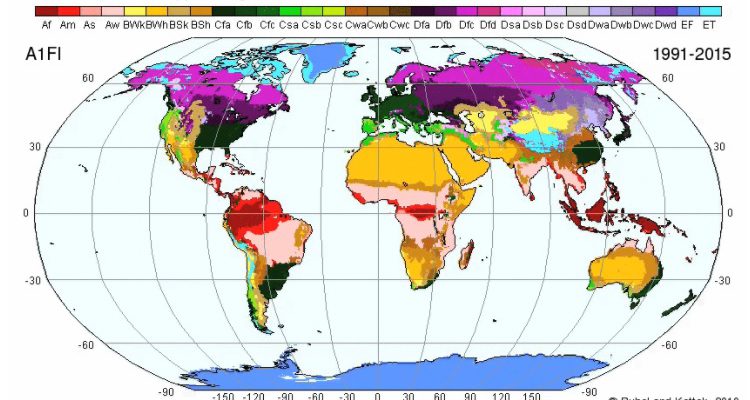-

Changes in how land is used can affect the local climate in a number of ways. The addition of irrigation can add moisture to the region, increasing the likelihood of summer rain and cooling temperatures. Changing the land surface by adding cover crops can also affect the climate by changing the way rainfall is absorbed…
Posted in: Climate and Ag in the news -

Today is the highest amount of pollen so far this year according to news reports from Atlanta, and I can believe it from how my sinuses are behaving. But where do you get pollen counts? Here is one source from the American Academy of Allergy Asthma and Immunology that looks to be useful. It provides…
-

Yesterday my neighbor pointed out that one of the pines in my yard was dead. Another one nearby looks sick, so I need to have them checked for southern pine beetles. So this article on the spread of southern pine beetles into the Northeast was especially timely. Even though this winter in New England has…
-

Some recently published research by a group of Florida State University scientists has shown that while total rainfall across Florida has remained constant, urban areas are receiving that rain in shorter, more intense bursts than areas that are rural in nature. Their research links this to changes in land use and land cover in the…
-

The Packer reported this week that while Florida blueberries have taken a hit this year from Hurricane Irma and recent frosts, they are still looking good for this year’s season, with plenty of berries available for harvest. Over 95 percent of growers reported some damage from weather this year, according to a survey of producers.…
-

NOAA’s latest climate blog features a post from Kathryn Hansen of NASA on recent trends in the onset of spring as measured by ecologists at national parks across the US. They tabulated the time of blooms and first leaf of key species like cherries and looked the trends in those times to determine the onset…
-

The Köppen-Geiger climate classification scheme is used by geographers to categorize different climate zones by temperature and precipitation. By looking at how those are likely to change over time, scientists have created this animated map showing how those zones are likely to move as the climate gets warmer. In the Southeast we don’t see many…